NABA Acquires Pixie Preserve
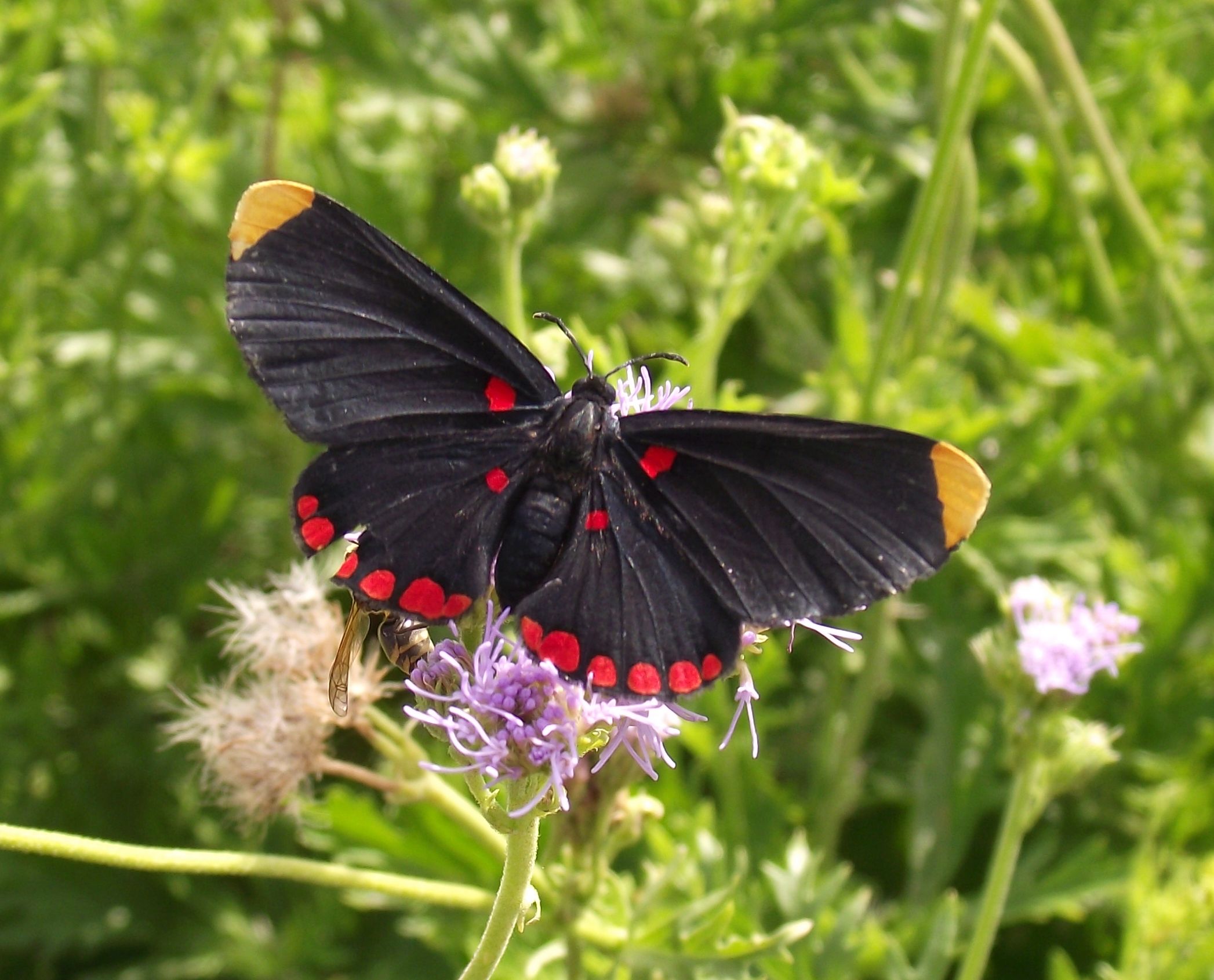 On April 12, 2019, Dr. Jeffrey Glassberg and I drove through the ominous gap in the border wall at Sabal Palm Sanctuary in Brownsville, Texas, to make a presentation to the spring meeting of the Texas Environmental Grantmakers Group. The group, consisting of key decision-makers from most of the environmentally-interested Texas foundations, had come to the Lower Rio Grande Valley because they were alarmed about the continuing destruction of irreplaceable habitat, now being exacerbated by the construction of border walls throughout the Valley.
On April 12, 2019, Dr. Jeffrey Glassberg and I drove through the ominous gap in the border wall at Sabal Palm Sanctuary in Brownsville, Texas, to make a presentation to the spring meeting of the Texas Environmental Grantmakers Group. The group, consisting of key decision-makers from most of the environmentally-interested Texas foundations, had come to the Lower Rio Grande Valley because they were alarmed about the continuing destruction of irreplaceable habitat, now being exacerbated by the construction of border walls throughout the Valley.
Just two months earlier, in what Jeff refers to as the “Valentine’s Day Massacre,” U.S. District Court Judge Richard Leon summarily dismissed NABA's lawsuit against the Department of Homeland Security (DHS), without a single hearing; the 2019 DHS Spending Bill was enacted, exempting the National Butterfly Center (NBC) from border wall construction with congressionally appropriated monies; and President Trump declared a State of Emergency to “reprogram” funds from the U.S. Treasury and Department of Defense to build border wall that was not funded by Congress.
At this point, many were confused about the future of the Rio Grande Valley, already scarred by intermittent sections of concrete and steel “wall,” which stood as senseless monuments to the post-9/11 terrorism reflex of the Bush-Cheney years.
I can honestly tell you no one down here ever thought more border wall would be built inland from the mighty Rio Grande (or Rio Bravo, if you are on the Mexican side of the river), as it must be, given the lessons learned over the previous decade. We understood how harmful, absurd and ineffective it was from the heart-breaking recovery of hundreds of carapaces of drowned Texas Tortoises, trapped between the river and the wall during Hurricane Alex, to the ingenious images of jeeps driven up steep ramps erected to overcome the wall. Even the National Border Patrol Council had publicly declared border walls a waste of taxpayer money during President Obama’s terms, stating on a now-deleted webpage, “Walls and fences are only a speed bump. People who want to come to the United States to obtain employment will continue to go over, under, and around the walls and fences that are constructed.”
Still, in 2018 and 2019, Republicans AND Democrats in Congress voted to appropriate millions of dollars for dozens of new miles of border wall, with “enhanced technology,” all-night, bright, stadium lighting (that disrupts animal and plant circadian rhythms, leading to weakened populations and deaths), and a vastly expanded “enforcement zone,” with a high-speed, all-weather road. Adding further injury, the whole “border wall system” would be maintained devoid of vegetation with imazapyr, a broad-spectrum herbicide that is caustic and carcinogenic to humans and blinding to birds and mammals.
The theme of the grantmakers’ meeting was, “The Border Wall and the Ecology of South Texas.” Obviously, this was a friendly crowd of conservationists, interested in learning more about how more border wall might predictably impact the landscape; so, I spoke on behalf of the North American Butterfly Association (NABA) and the NBC. After all presenters were finished, we fielded questions from the attendees who were genuinely horrified.
One of my fellow presenters was Sonia Najera, Grasslands Program Manager for The Nature Conservancy. She left the meeting with Jeff and me, and casually asked, “Would you like to have Chihuahua Woods?”
If you know Jeff, you should not be surprised that he said, “Maybe.”
If you know me, you should not be surprised that I exclaimed, “Yes!”
Sonia looked at both of us, not knowing what to think. At that point, I am not sure we knew whether this would be a gift or a purchase, or some combination; still, we left Sonia with, “We’ll be in touch.”
I think Jeff and I “discussed” this prospect the whole drive back to the center, with him listing the cons and me the pros. Specifically, I knew Chihuahua Woods would give us options should the border wall bisect the National Butterfly Center, potentially cutting us off from the river, seventy acres and everything that has been planned for the future. Not that the center will ever be abandoned — which I think was Jeff’s greatest concern — but having another 350 acres (fifty acres of which are already behind the border wall) we could actively cultivate for butterflies opens up a whole lot of opportunity for growing connections; and that, after all, is our motto and our mission.
During that visit, (perhaps even the next day), Jeff went to check out Chihuahua Woods for himself. He was positively ebullient when came to tell me the property was fantastic and full of the most spectacular blooming cactus. Suddenly, he could see the appeal.
Indeed, the property has charm and potential, in spite of the ways in which it has been used in the past. For example, it is clear some of the land was subject to livestock grazing and subsistence farming. In addition, limestone or ‘caliche’ has been excavated for commercial sale and natural gas is still being extracted, here; and there are easements and disturbed rights-of-way for overhead powerlines and water delivery.
When Jeff went to see the property, the trails were overgrown or practically gone, and there was a lot of illegal dumping of household items, like mattresses and refrigerators, and “heavy trash,” including tires and construction debris, occurring around the perimeter. What worried him most, though, were legacy reports of “packs of wild dogs roaming” and unfortunate reports from people depicting the area as dangerous.
I have hiked Chihuahua Woods more than a couple handful of times in the last few years and I have never encountered dogs or danger. I have seen javelina and hawks; ground water bubbling up to the surface forming small springs; clouds of Lyside Sulphurs on flowering Texas Lignum-vitae (guayacan); and neighbors looking out for one another, curious to know what business I had coming around their humble community of Abram-Perezville in rural Hidalgo County, just 6 miles west of the National Butterfly Center.
To this day, I am not sure what won Jeff over, but on May 15, 2019, CNN and other major news outlets reported Jared Kushner claiming, “We solved the butterfly thing,” to a group of GOP Senators in a closed-door meeting regarding Trump’s priorities, and I was more convinced than ever that the center was NOT safe from land condemnation and border wall construction under the fake state of emergency.
Fast forward — just kidding, it was really more like slow-motion slogging through the COVID-19 pandemic and contract minutia — to April 2021, and NABA is now the proud owner of Chihuahua Woods, which we have renamed Pixie Preserve.
Although it is relatively close to the NBC, it seems a world apart. There is an old-growth ebony forest that is the last known nesting site of Hook-billed Kites in the United States. There is a barretal habitat that used to boast a large population of Longflower Tuberose, host plant for endangered Manfreda Giant-Skippers. There are a multitude of interesting native plants such as Jerusalem Thorn (palo verde), Saffron Plum (coma), Lotebush, Coyotillo, Brushland Shrubverbena (brushland lantana) and Crown of Thorns growing here that have never been very successful at the center, and last — but not least — more than three times the acreage to plant with a diversity of native host and nectar plants to support wild, free-flying butterflies.
Transforming Chihuahua Woods, which was closed and neglected, into a vibrant place for butterflies has begun in earnest! The county has been a big help in cleaning up the heavy trash, and we’re already tackling the overgrowth. Nestor is driving the big, blue tractor over once a week to mow, just so we can get to the trails in need of restoration. This winter, Stephanie and Denise started over 12,000 seedlings that like saline soil and compete well with Johnson grass and Kleberg Bluestem; and we’re looking for financial support to help us prepare the preserve for visitors.
Just walking around, noting what needs to be done and what may be new, provoked, perchance, to the surface by winter storm Uri, we’re also adding to the species inventory cataloged by The Nature Conservatory. Paula Sharp, author of the forthcoming compendium, Native Bees of Texas, is currently surveying the preserve; Luciano is photographing dragonflies, spiders, grasshoppers and mantids for identification; and I found this beautiful, six foot long Western Coachwhip near its recently shed skin on Easter Sunday.
If you’ve been a member of NABA since the inception of the National Butterfly Center in 2002, you know Pixie Preserve will be many more years in the making. Although certain “sensitive areas” of the property are off-limits for major alteration, the rest of the landscape is ripe for restoration. This is especially important as Hidalgo County’s population approaches one million people. To put that in perspective, if Hidalgo County was a state, it would be the 45th or 46th largest state in the union!
During his April 2021 visit, Jeff acknowledged Pixie Preserve and other NABA initiatives, like the public-private land conservation project for the Miami Blue, that place land into permanent conservation easement will be critical to saving butterflies and ourselves. With almost twenty incredible years invested in the fantastic experiment that is the National Butterfly Center, it is clear that educating people and equipping them to restore and rewild the land is just not enough — NABA and our members must take responsibility for more: We must create butterfly and native plant sanctuaries large enough to sustain species in meaningful numbers in order to advance our mission and accomplish our stated goal.
We are launching a capital campaign to fund improvements and facilities at Pixie Preserve this fall/winter, and hope you will consider making a year-end gift or a pledge for the new year toward this endeavor. A general contractor who’s done work for us at the NBC has offered his assistance with this design-build at no cost; so, we have draft plans for an environmentally-friendly, low-impact, (hopefully) LEED-certified, 2,720 square-foot building made of recycled shipping pods to house work and meeting space, more educational exhibits and restrooms. Although I mention the restrooms last, they are the most important feature of this facility, without which we cannot conduct school field trips — and youth education is the goal. In fact, we dream of doubling the number of students we serve each year from 6,000 to 12,000, once the preserve is fully open, for the love of butterflies.
I am more than excited to become the steward of this untamed place; to seek your support, so we may realize its potential; and to share this journey with you, for it would not be possible without you.
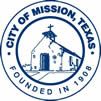


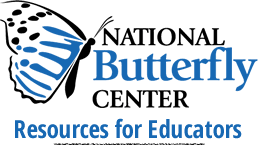



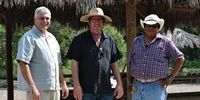
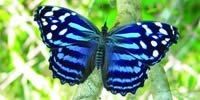
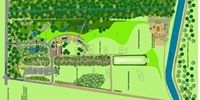
 Media
Media